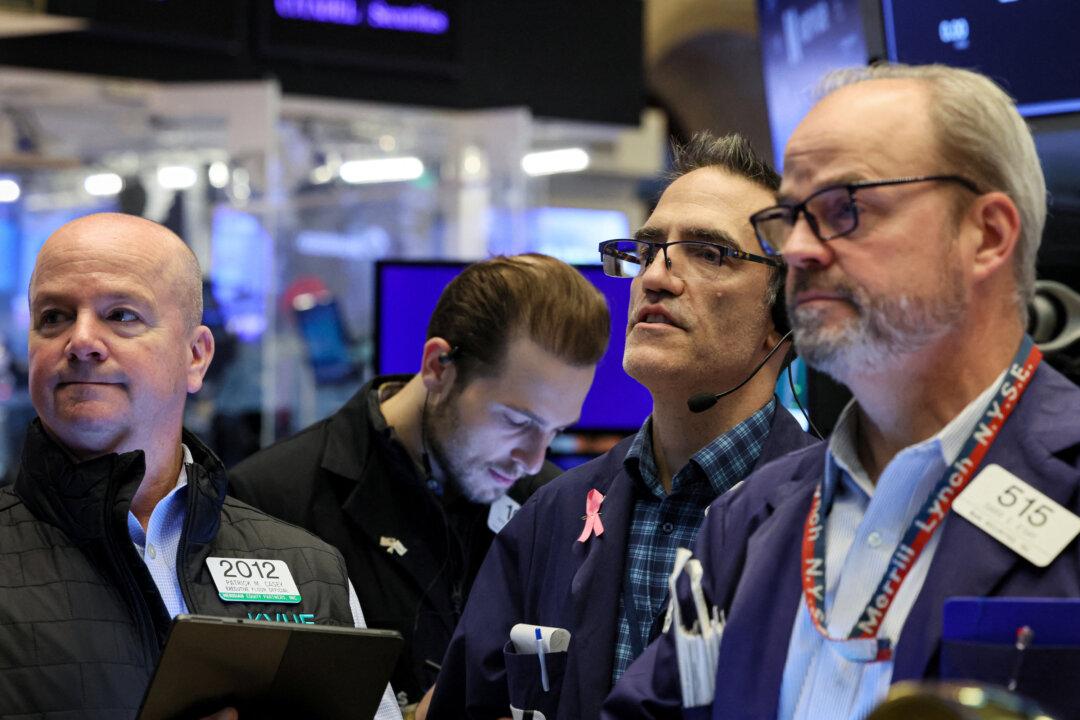Wells Fargo Investment Institute is predicting a recession in the United States this year as a result of the Federal Reserve’s aggressive monetary tightening policy.
Wells Fargo is expecting a “global slowdown,” including a “moderate” recession in the United States this year, followed by a U.S.-led recovery in 2024, according to the firm’s 2023 Midyear Outlook report (pdf). The elevated interest rates and recession fears will “weigh” on financial markets, it predicted.





